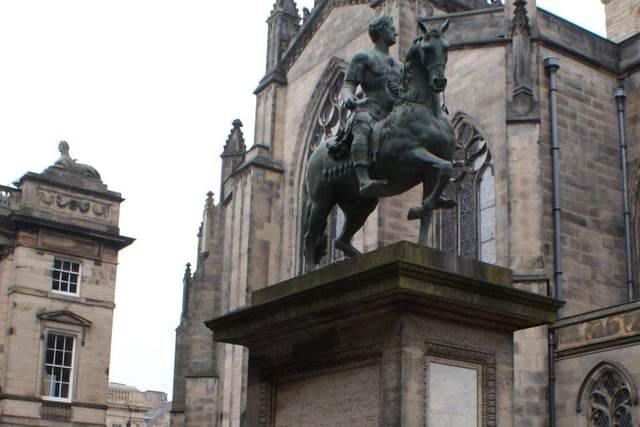The city council has accepted the review’s recommendation that the statues, buildings and street names should be kept rather than removed or changed, but that they should be “re-presented” to explain the nature and consequences of their association with slavery or colonialism.
It is expected to mean new plaques or interpretation boards to spell out some aspects of Edinburgh’s history which has often been glossed over.
“The report is clear – putting up plaques is what we should do rather than knock things down,” said Sir Geoff, a well-known human rights campaigner who was Scotland’s first black professor and is now Chancellor of Heriot-Watt University.
Here are some of the key sites around the Capital with links to slavery or colonialism:

1. Melville monument, St Andrew Square
The 150ft-high monument in middle of St Andrew Square is to Henry Dundas (1742-1811), who used his influence as Home Secretary to delay the end of the slave trade, leading to around 630,000 slaves waiting an extra 10 years for their freedom. As President of the Board of Control, Melville also oversaw the East India Company. Photo: Lisa Ferguson

2. Dundas House, St Andrew Square
This A-listed building, now the registered office of the Royal Bank of Scotland and its parent, NatWest Group , was built by Sir Lawrence Dundas (1712-1781), who owned two estates worked by enslaved people in the West Indies, in Dominica and in Grenada. Photo: Scotsman Publications

3. Statue of Charles II, Parliament Square
Charles II played a key role in the establishment of the Royal Africa Company. It was created in 1660 by royal charter with a focus on trade in gold, but the charter was amended in 1663 to include a monopoly in British trade of human beings lasting until 1752. Photo: Scotsman Publications

4. Statue of William Pitt the Younger, George Street
William Pitt the Younger (1759-1806) was Prime Minister when Henry Dundas’ amendment in favour of the "gradual" abolition of slavery was adopted. He supported the abolition of the slave trade, but also sent British troops to the Caribbean to fight against the anti-slavery Haitian Revolution when Dundas was Secretary of State for War (1794 - 1801). Photo: Greg Macvean

